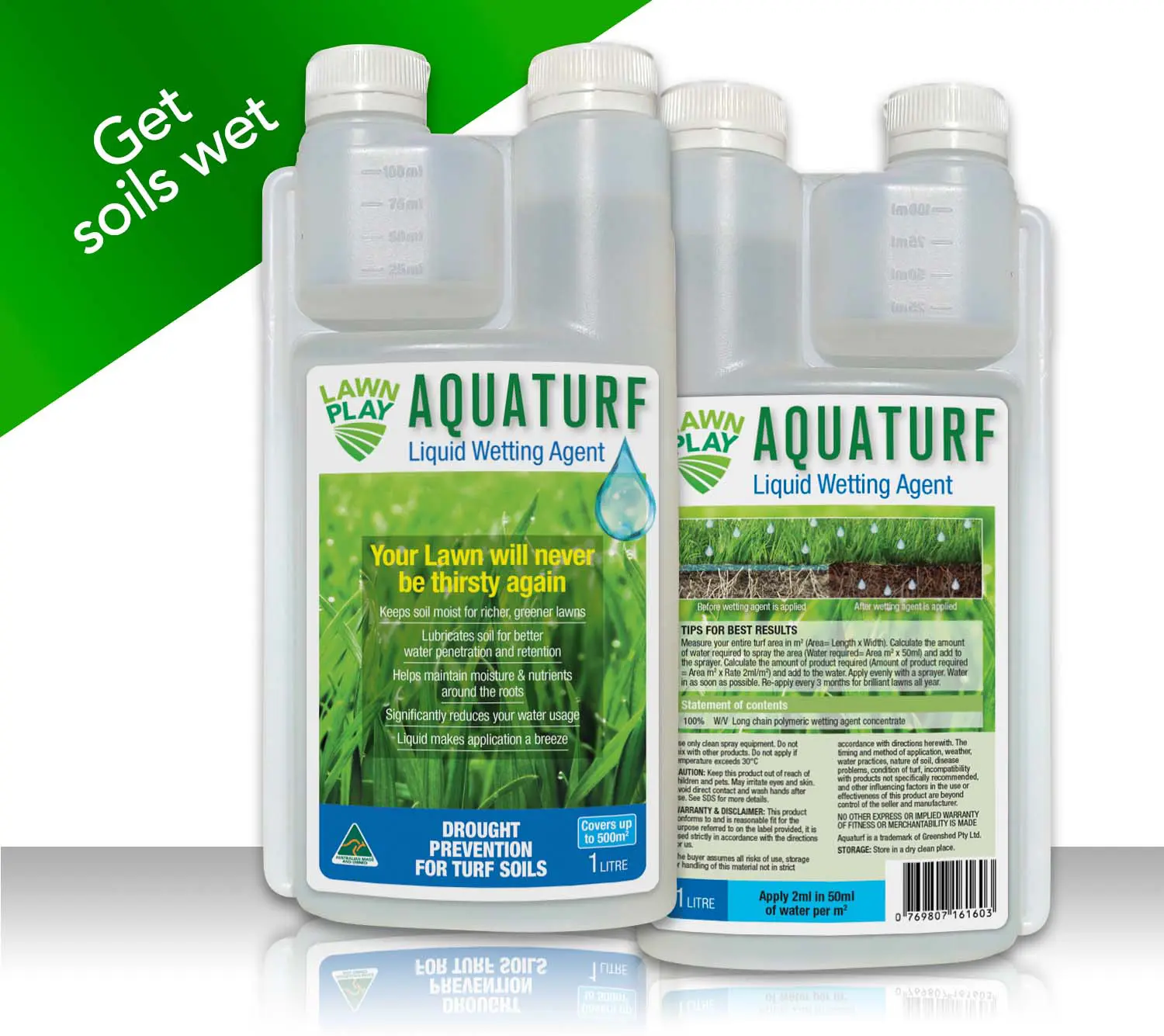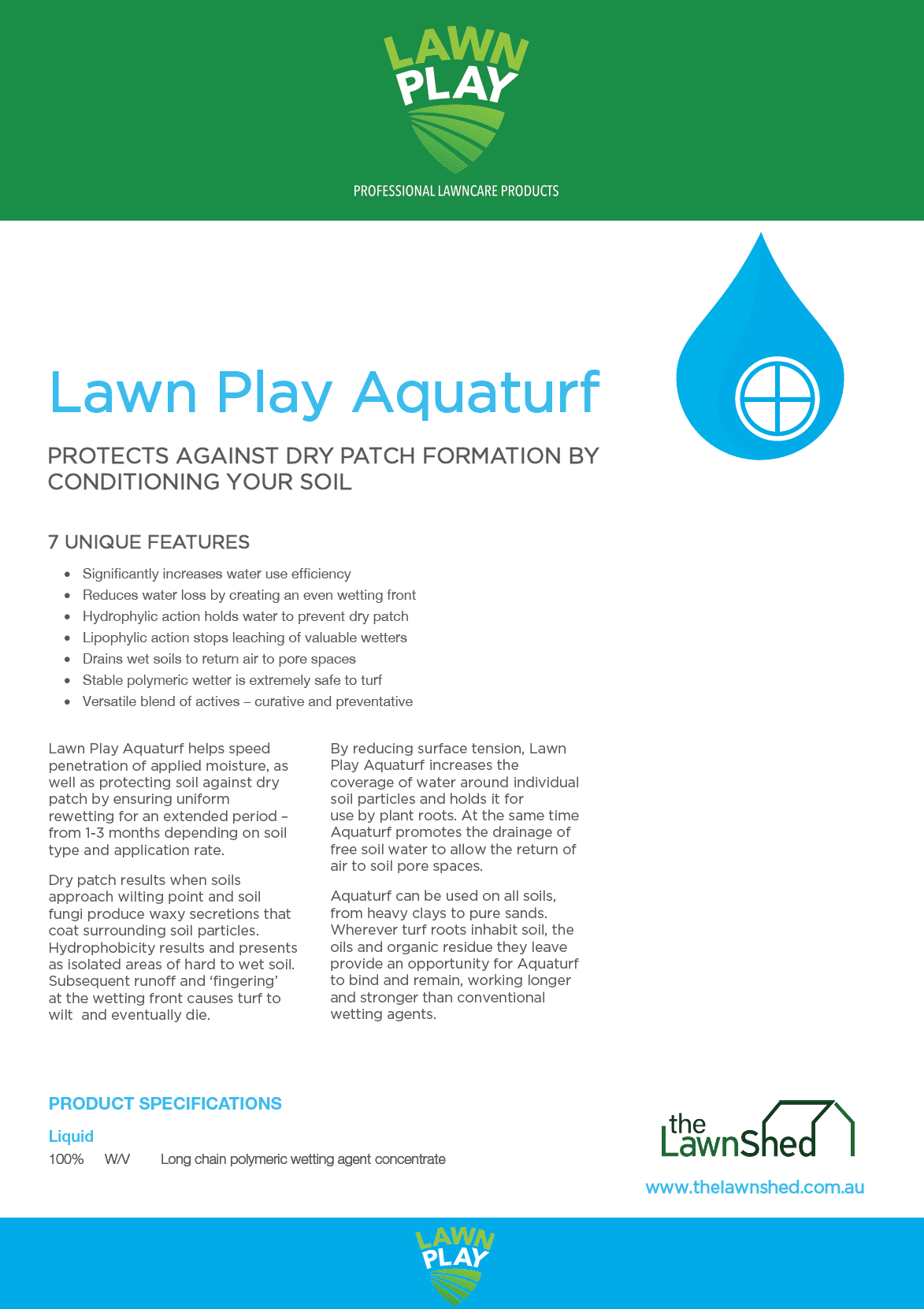Watering remains a necessary process in lawn maintenance, and owners should identify the best time to water their lawn. There are many factors involved in watering that affect the overall results and health of your turf. From the length of a watering session, the type of grass, to the time of day, so choosing the most suitable watering techniques can help prevent lawn diseases and promote vitality throughout the seasons.
Failing to provide proper watering techniques could lead to severe consequences such as browning and patches. Therefore, every homeowner should ensure that they have the right tools and watering schedules so that their lawns always leave a winning impression as a significant part of their curb appeal.
When to Water the Lawn?
The timing of a watering session is very important.
You should avoid watering their grass in the evening, as the temperatures are generally colder. As such, water droplets may remain on your lawn throughout the night. The moisture buildup creates the perfect environment for a plethora of lawn diseases caused by fungal infections.
How Long to Water Your Lawn?
The exact timing for each watering session differs among lawns, depending on factors such as sprinkler type, soil type, and grass type. However, it is necessary to avoid an “any sprinkler would do” practice. Instead, you should identify the specific needs of your lawn to determine the best duration for ideal grass health.
Two effective ways to measure the amount of water required include:
Use a timer: an automated flow timer tracks the amount of time you water for. To calculate the water usage measure the amount of water that comes out of the hose per minute then times it by the run time.
A tuna can: Yep, we’re serious, put the can on the lawn and turn the sprinkler on. From this you can measure the amount of water applied, simply use a ruler to identify the mm of water applied. Get a few extra cans and make sure it’s even across your lawn.
How Often to Water Your Lawn?
While many homeowners may feel the need to water their lawn frequently every day, that practice will result in shallow root systems that cause the grass to dry out fast. Instead, owners should aim for deep watering techniques that strengthen the roots of the lawn. Grass with stronger roots is generally healthier and more resilient against lawn diseases and weather changes throughout the year.
Ultimately, the frequency of watering depends on the temperature of the season. Consider watering your lawn around three times a week for hotter months, and lower the frequency to one or two times per week during cooler seasons. Turning it off completely when the weather is at its coldest.
How to Check If You’ve Watered the Lawn Enough?
Generally, the easiest way to gauge if you have watered enough is by observing the appearance of your lawn. Healthy lawns appear green and thick while dry lawns start to go grey/blue and the leaf starts to shrink.
For an added measuring technique, consider sinking a standard screwdriver into the grass. Your lawn is well-watered if the tool quickly sinks between 15 to 18 centimetres.
To ensure that your lawn remains in this condition, use wetting agents, like Aquaturf. These prevent the formation of dry patches that can occur despite sufficient watering. Wetting agents are effective in all soil types and should be used once a month to ensure the best protection.
Watering Different Lawn Types
Watering routines differ between warm and cool-season grass types, so it’s important to know which one you have.
Warm Season Grasses
Common warm-season grasses include Couch, kikuyu, buffalo and Zoysia grass. These grass types thrive in warmer temperatures (27 degrees Celsius and above). Since warm-season grass grows with higher temperatures, it’s best to water them in the morning. On super hot days a good watering in the morning can significantly increase growth.
Cool Season Grasses
The most popular cool-season grass includes fescues, bluegrasses and rye grasses. These grasses thrive under cooler weather conditions (between 10-18 degrees Celsius).In hot conditions over 30 degrees you should consider do a light wave of water over the top of the lawn in the hottest part of the day. This process known as syringing is crucial for cool season grasses under stress in hot conditions.
Summary
The best time to water lawns depends on numerous specifics. However, by identifying the needs of your grass, you can provide all the hydration it needs without fail.
When it comes to grass maintenance, watering is just one of the essentials to keep your turf healthy and presentable. Many other factors affect the results – such as aeration, fertilization and mowing practices.
Visit The Lawn Shed to find all the tools you need to manage your lawn maintenance routines with confidence and consistency.
Frequently Asked Questions
Does the lawn only need water once a week?
No! Your grass requires specific amounts depending on soil type and grass type, this can be up to 3 times a week in hotter periods.
What is the best time of day for watering?
Ideally, you should water your lawn in the early morning, between 5 to 10 a.m., to avoid the effects of evaporation, which leads to wastage. This also helps prevent leaf wetness which is a precursor to disease.
What is the best equipment for my watering needs?
There is no standard equipment for your lawn. Always consider the specific needs of your grass type and lawn area for maximum watering efficiency. Visit The Lawn Shed for a diverse selection of gardening solutions.






